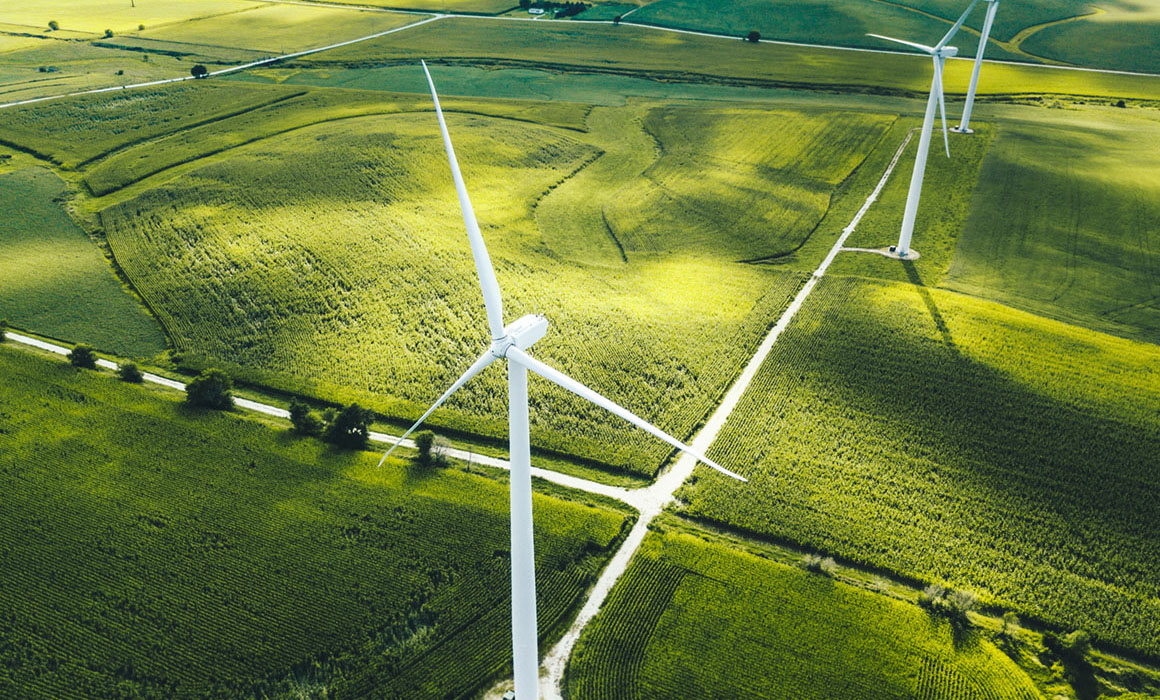Best Practice Emissions Reporting From 3D Carbon Accounting
Comprehensive help with Scope 3 emissions for all industries
Comprehensive help with Scope 3 emissions for all industries
Our 3D Carbon Accounting service helps large, complex organizations measure, monitor, and manage their carbon emissions. While 3D Carbon Accounting covers all scopes of emissions, our focus is on providing insights on Scope 3 emissions, the most complex category of emissions to capture fully because it encompasses the entire supply chain.
Traditional approaches use a top-down, spend-based approach. This approach has two drawbacks: It does not provide a granular view on the major sources of emissions, and it falsely couples the magnitude of your emissions to the size of your business. Consequently, this methodology is insufficient to make informed decisions on decarbonization strategies. Our solution uses a detailed bottom-up, activity-based approach to overcome these issues and provide deeper insight into your value chain emissions.

A rapid influx of new sustainability regulation expected in the coming years will increase emphasis on the reporting of greenhouse gas emissions, especially Scope 3. These new regulations will reflect the increased importance of addressing climate change and sustainability across the entire supply chain and seek to enhance transparency, accountability, and foster better informed decision-making by companies and stakeholders.
Our carbon accounting engine uses emissions data from EPA, EcoInvent, IEA, and DEFRA to provide Scope 3 calculations, strategic planning, and abatement analytics.
Our approach combines several sophisticated tools and data sources to deliver a fast, scalable and accurate approach for calculating Scope 3 emissions across sectors.